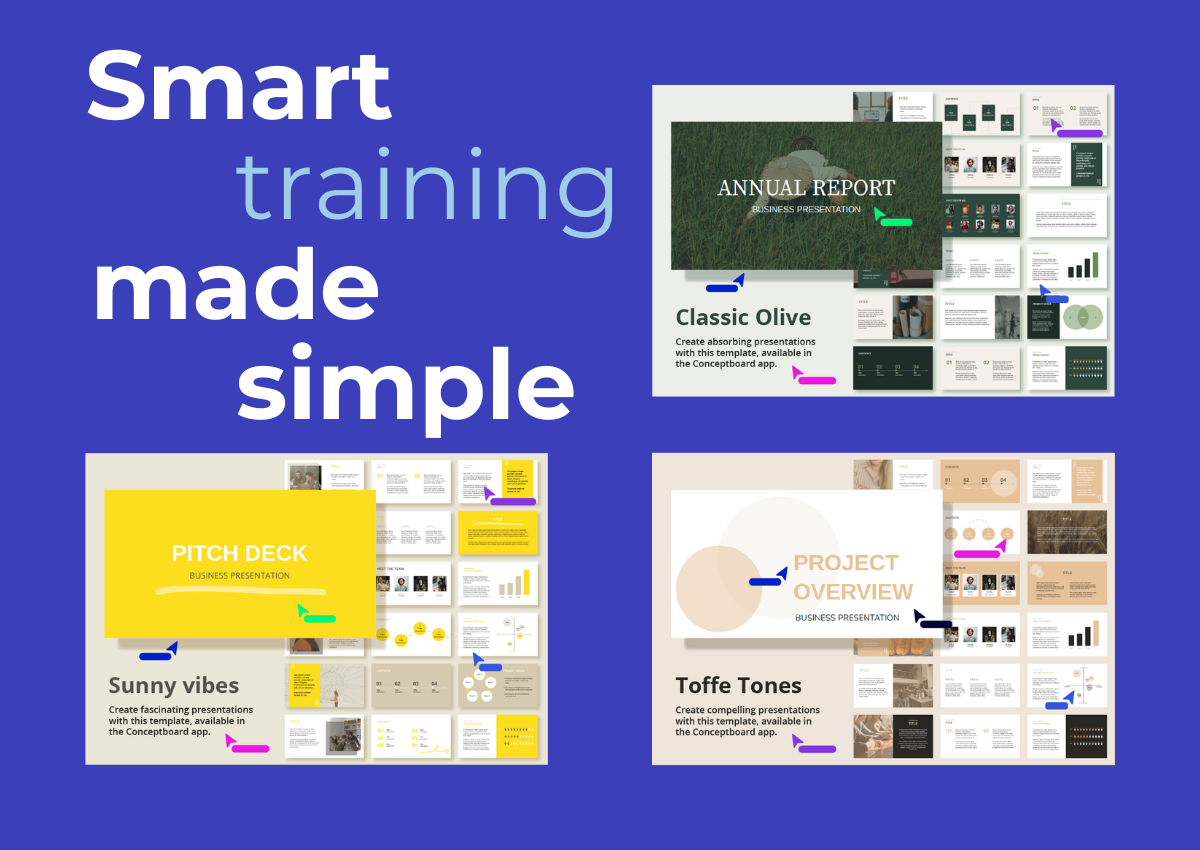Self-management and achieving personal or professional goals are crucial components of a successful life. One tried-and-true approach to formulating and pursuing such goals is the use of the SMART method. This method provides a clear and structured approach to defining goals in a way that makes them achievable and motivating. In this article, we will delve into the SMART method, how it is applied, and how it can assist you in setting and attaining your goals.
Why you need a plan
“A goal without a plan is just a wish.” – Antoine de Saint-Exupéry

I used to work with a colleague who moaned to me, ‘What’s the point in planning when the plan is always changing’?
And while I agree with her that a changing plan can be frustrating, infinitely more frustrating is working without direction, without objectives or without an end goal in sight.
So I told her, “If you don’t know where you’re going, how do you expect to get there?”
While it’s easy to quickly jot down a plan and make some simple goals such as ‘Increase revenue by 30%’ or ‘Find a better supplier’, a much more effective goal-setting methodology is the S.M.A.R.T. method.
What is the SMART method?
First coined by management consultant George T. Doran in 1981, he introduced the S.M.A.R.T. acronym as a tool to create criteria to help improve the chances of succeeding in accomplishing a goal.

What are the SMART goals?
- Specific in that they define the who, what, when and where of your goal.
- Measurable, so you can track your progress in a quantitative way.
- Attainable and achievable using your existing skills and toolset.
- Relevant to the broader company goals.
- Time-bound to give you a deadline to work towards.
By setting your goals following this method, you will be able to much more effectively communicate the goals and expectations to yourself and your team.
How to create your SMART goals
To help you get started with your SMART goal setting, we have created a simple, free Conceptboard template. You can complete the SMART goals template by yourself, or invite your colleagues to join the board, and work through it together. Simply click on the image below to get started.
We suggest using sticky-notes to complete each section, as these are easier to move around into relevant groups, and are especially useful if multiple team members are participating in the goal setting activity so you can distinguish each person’s ideas by their colour.
Coming up with SMART goals shouldn’t feel like a chore. In fact it can be a fun and illuminating experience for everyone involved.
One key piece of advice is, be prepared to ask yourself and other team members a lot of questions during the process. If someone shares an idea, be prepared to follow up with Why, How, When or Who questions to help you get to the finer details of crafting SMART goals. This will push you towards much clearer and succinct results, and therefore clearer goals.
It’s important to keep your goals ambitious and positive, but not unattainable. If it seems like your goal is too big, then try breaking it down into three separate goals or sections and just focus on one at a time.
Stick to concise language and include as much relevant information and details as possible.
Once you’ve finished, you can download your board as a PDF and send it to your colleagues or managers, or file it safely away. Alternatively, simply send them the link to view your board directly in Conceptboard.
Get even SMARTER
As my friend said earlier, S.M.A.R.T. plans and goals can change, and most probably will over time. So you might be asked to turn your SMART goal into a SMARTER Goal by Evaluating and Readjusting.
- Evaluate regularly to ensure you stay on track. Be sure to specify how often and who will be in charge of evaluating.
- Re-adjust or re-do if you find that you are heading off-track. This might be done by adjusting the time constraints, expanding the team working on this project or even changing the desired goal completely.
The idea behind this is you should constantly be evaluating your goals and re-setting them as needed. Company directions change, and outside influences will crop up, so it could be that a goal you set four months ago is no longer feasible. Similarly, along the way you might have moved in a new direction and thus, the end goal needs to be re-evaluated.
Your SMART goals board will stay active in your Conceptboard account so when you are ready to evaluate and readjust, you can log into your account and update it as often as you like.

Try it for free now!
Then check out the Conceptboard Template Gallery, where you can find other templates like our Kanban Boards and Six Thinking Hats.




